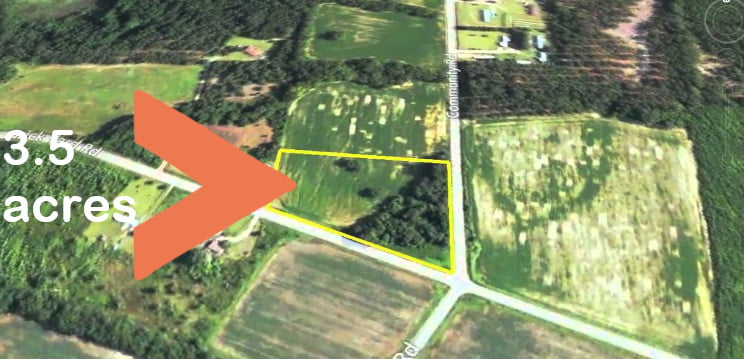I suspect that this has being considered by the Australian authorities: cat exclusion zones within new housing developments in Australia if those developments are near important wildlife sites. The idea is to create a buffer zone within a housing development so that wildlife is protected. I couldn’t find a specific example of this in Australia. If you know of one, please comment.

A study conducted in the UK in 2014 found that the average area that a domestic cat considered its “range” was about 2.4 acres which is quite small. I’ve always said that when an indoor/outdoor domestic cat leaves their home they don’t wander that far. Although the maximum daily area arranged by a cat i.e. a single cat, within this study was almost 34 hectares which is 84 acres. One acre is about three quarters of a football field.
So, it is feasible to create a buffer zone. On the basis of the average area that a domestic cat roams, the study suggested that a buffer zone with a radius of around 350 meters, in Australia, would help protect wildlife adjacent to the development. The buffer zone would cover homes where cat ownership was banned. That’s quite a big deal and hard to enforce if the homes are freehold. Covenants (promises) in title deeds become very weak over many years to the point where they are no longer enforced. However, under leasehold it would be feasible to enforce covenants in the terms of the lease.
There is no doubt that, in general, domestic cats wander over a bigger area in Australia than in the UK depending upon the precise area where they live. Based on the 2.4-acre range of the average British domestic cat, a buffer zone of 79 m in radius would be adequate to protect wildlife. An Australian study found that the average indoor/outdoor cat wandered over about 3.5 acres.
The study also found that indoor/outdoor cats prefer to wander around natural areas, that is areas which have not been developed by humans. In other words, back gardens or parks et cetera. This obviously makes sense because the domestic cat is very close to the wildcat in terms of temperament.
The study also found that domestic cats wandered over a larger area during the night although earlier studies found no difference. Feral cats tend to be more active at night compared to domestic cats. The daytime and night-time activities of domestic cats is due to their domestication. The preference for night-time wandering is probably due to decreased road traffic and less conflict with other cats. Also, there was no significant difference in the distance roamed by males and females or between the seasons.
The study took place in Reading, a town with a population of about 230,000 people, 40 km west of London. They studied 20 cats from 19 households using GPS trackers. All the cats were neutered.
The study is titled Ranging characteristics of the domestic cat (Felis catus) in an urban environment dated 2014 April 30. The lead scientist was Rebecca L Thomas.
SOME MORE ARTICLES INCORPORATING ‘HOME RANGE’:

